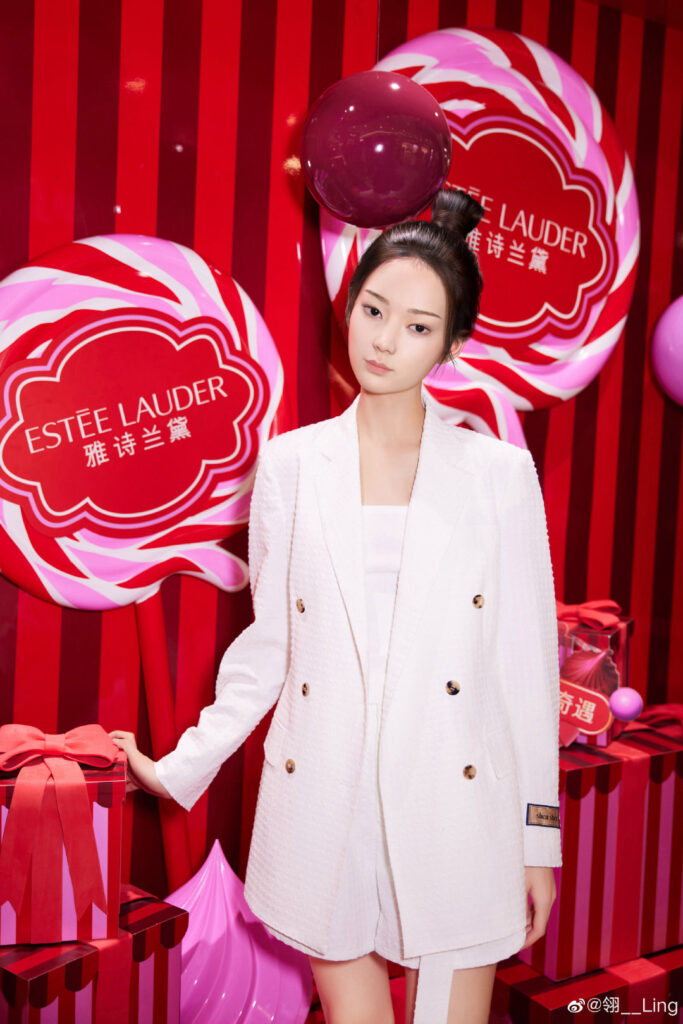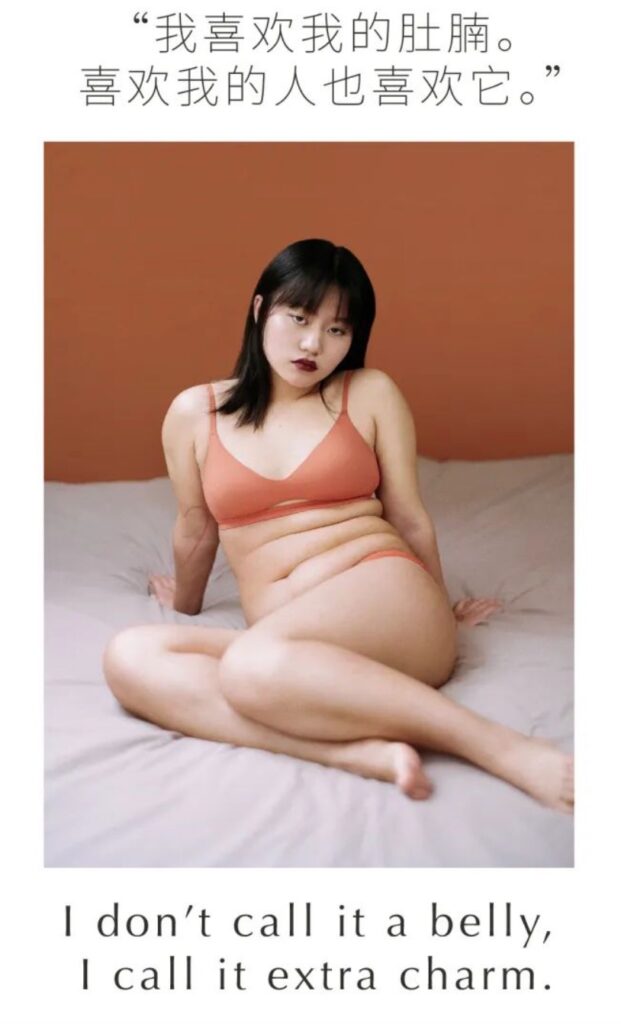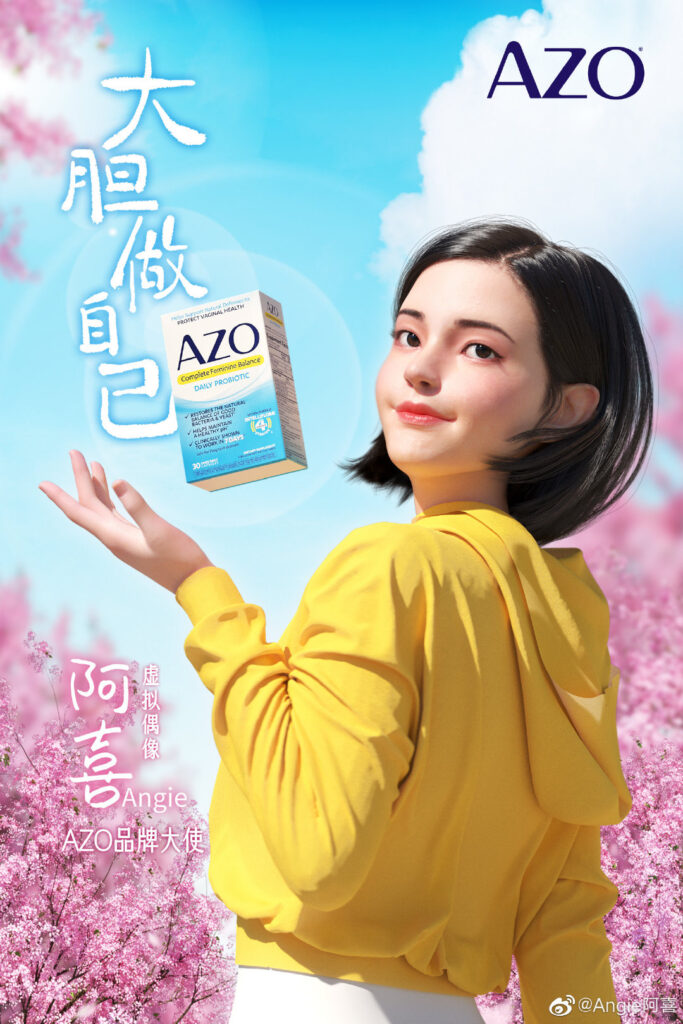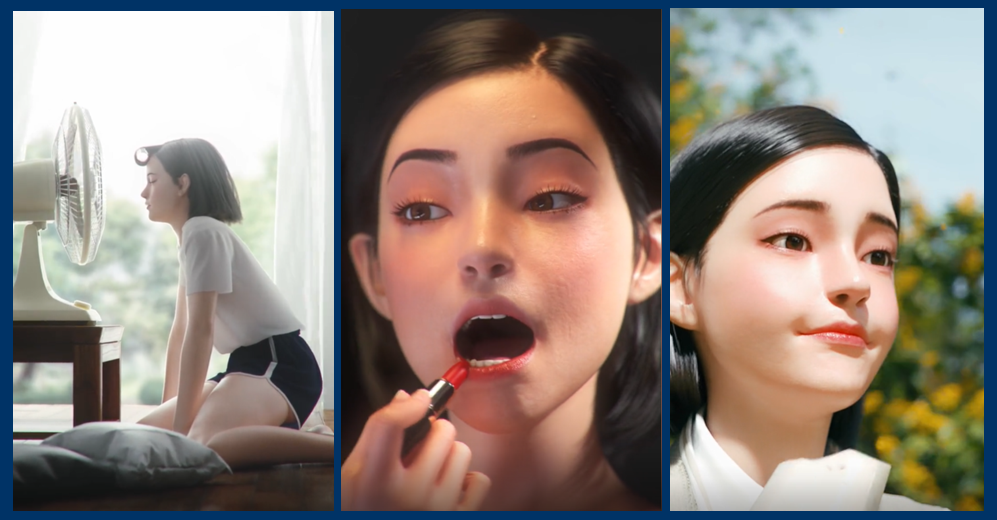A virtual influencer is an AI-generated fictional character that brands in China have been using in place of human Key Opinion Leaders (KOLs) for a variety of marketing-related activities. Their flawless evergreen youth and ability to be controlled is highly desirable as often a human KOL’s actions or political comments can lead companies to face the wrath of ‘cancel culture’. However, these perfectly designed characters are not without their own downsides. Virtual influencers’ perfect appearance may be working against them. Though it is starting from a minority, awareness of mental health and body image in China is on the rise and has already shifted the marketing tactics of brands to be more body inclusive. There is already one stand-out virtual idol who is pioneering this trend, but does this mean the next stage of Chinese virtual influencers is body positivity?
Body positivity refers to the assertation that all people deserve to have a ‘positive’ body image regardless of society’s ideal shape. In modern China, however, many women believe that the perception of beauty is to be thin. In fact, a 2019 IPSOS online survey on global beauty standards found that out of 27 countries, China came out top in believing that body weight and shape are the most important attributes in making a woman beautiful.
Could body positivity change the direction of KOLs?
The rise in social media has further popularized the desire to be skinny and achieve size zero figures. The omnipresence of photoshop tools on social media has fueled a toxic culture inciting women to think negatively of their body shape. The use of uncannily perfect virtual influencers could cause women to further conform to social media’s existing perception of the perfect body. For example, Ling, is China’s top influencer who has endorsed many brands including the likes of Tesla, Estèe Lauder, and Nayuki, one of China’s biggest bubble tea chains. She has amassed over 923,000 followers on Weibo – China’s version of Twitter – and has created a large fan group. Whilst there is no direct harm in this, her unrealistic proportions solidify the beauty standard of stick thin.

However, in the last couple of years, body positivity and inclusivity have gained traction. On Gen-Z-focused social media platforms, there has been an increasing demand for diversifying the size of female clothing. Indeed, brands have already picked up on this trend and as result have launched highly successful campaigns. A good example is the Chinese underwear brand called NEIWAI. In 2020 the lingerie brand launched a social media campaign dubbed ‘No Body is Nobody’. The 14-minute documentary portrayed negative female stereotypes and the comprehensive marketing approach was positively reciprocated with over 262,000 views on Weibo.

In the following year, NEIWAI revisited this project and the campaign once again went viral receiving over 7.48 million views on Weibo. This highlights the increased acceptance of various body types as the campaign featured ordinary women thus making it more inclusive to consumers. Whilst body positivity remains an uphill battle in China, an increasing number of brands such as DOVE and Victoria’s Secret are going against the ‘body perfect’ trend and these campaigns are being well received and remembered. Therefore, it is time for creators of virtual influencers to jump on the body positivity trend and make a positive influence in the social media sphere.
How are creators adapting Chinese virtual KOLs to be more body positive?
Some companies have already begun this process and creators have started to incorporate flaws in their virtual characters such as unblemished skin, and wider hips. One such example is the virtual idol called ‘Angie’ created by the Chinese CGI creator Jesse Zhang. The AI character depicts a more realistically shaped girl and her character on Douyin – China’s version of TikTok has hundreds of thousands of fans.
Angie’s figure shifts the ideal beauty standard as she was not programmed to be super skinny. Zhang wanted her to be more real and purposefully designed Angie to have a ‘fresh and healing image’. So far, she has become a social media brand ambassador for a female probiotic brand called Azo. Her character is already creating a positive influence on social media, for example, on Weibo she often advocates for simple beauty and for women to pursue a comfortable and self-fulfilling life.

In response, fans have praised Angie for her realistic look. Indeed, a girl from southwest China commented on Douyin that she gives ‘the impetuous world a touch of beauty’. Another user said Angie cheered them up and put them in a better mood. This highlights that the more humanized virtual models are being better received by Chinese women and teenagers, and it shows that the public is yearning to celebrate body positivity and virtual influencers are responding.
What’s next for virtual influencers in China?
The virtual influencer KOL industry is set to continue to boom. According to iiMedia Research, the industry achieved a 70% year-on-year growth between 2020 and 2021 alone. Together with the increase in sophistication of technology more humanized virtual influencers can be created to better connect to consumers. Designers of virtual influencers should widely adopt the existing trend of body positivity/inclusivity as being super skinny might soon not be all that desirable.
Key takeaways on virtual influencers and body positivity in China
- The use of virtual influencers is set to rise, and with the increase of body positive campaigns, it is time for AI creators to jump on this existing trend.
- To set themselves apart from the brands using flawless virtual influencers, designers can create more realistic characters like Angie, and attract positive attention from young Chinese consumers.
- Social media and beauty standards will always have a conflicting relationship, but it seems that digital creators are being made more aware of the need to embody natural imperfections in their virtual influencers.
Author: Juliette Pitt





